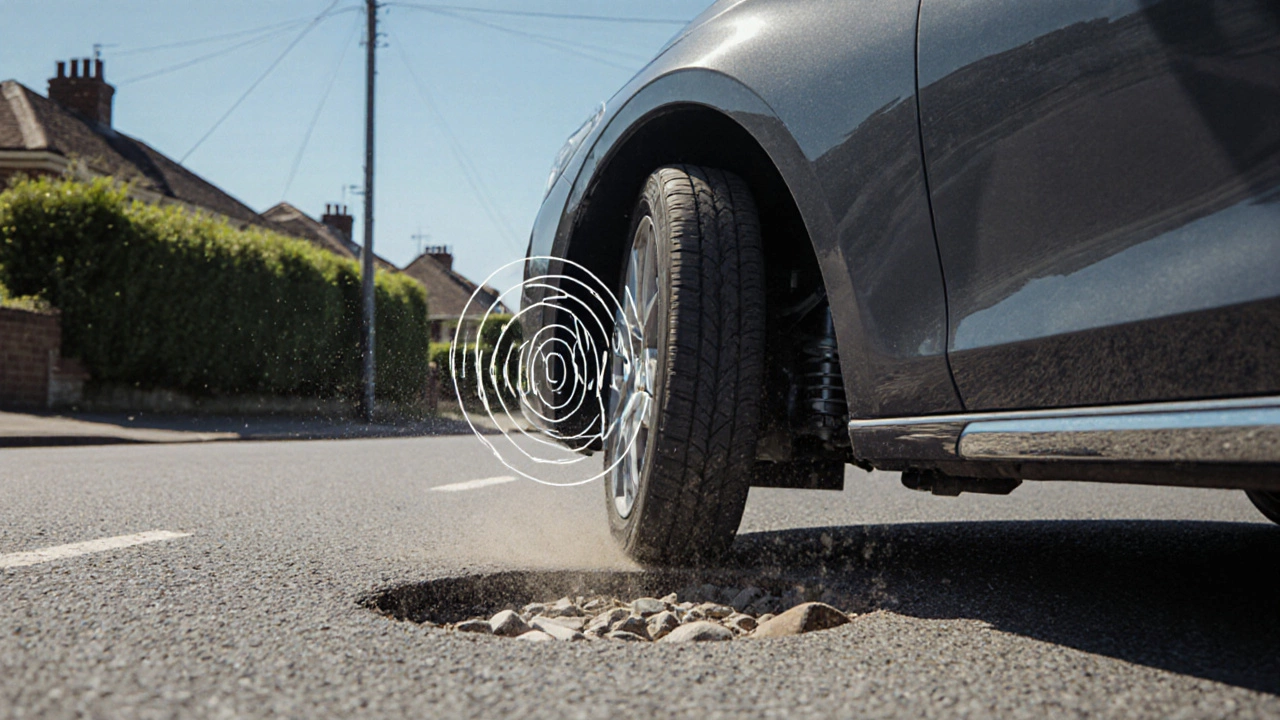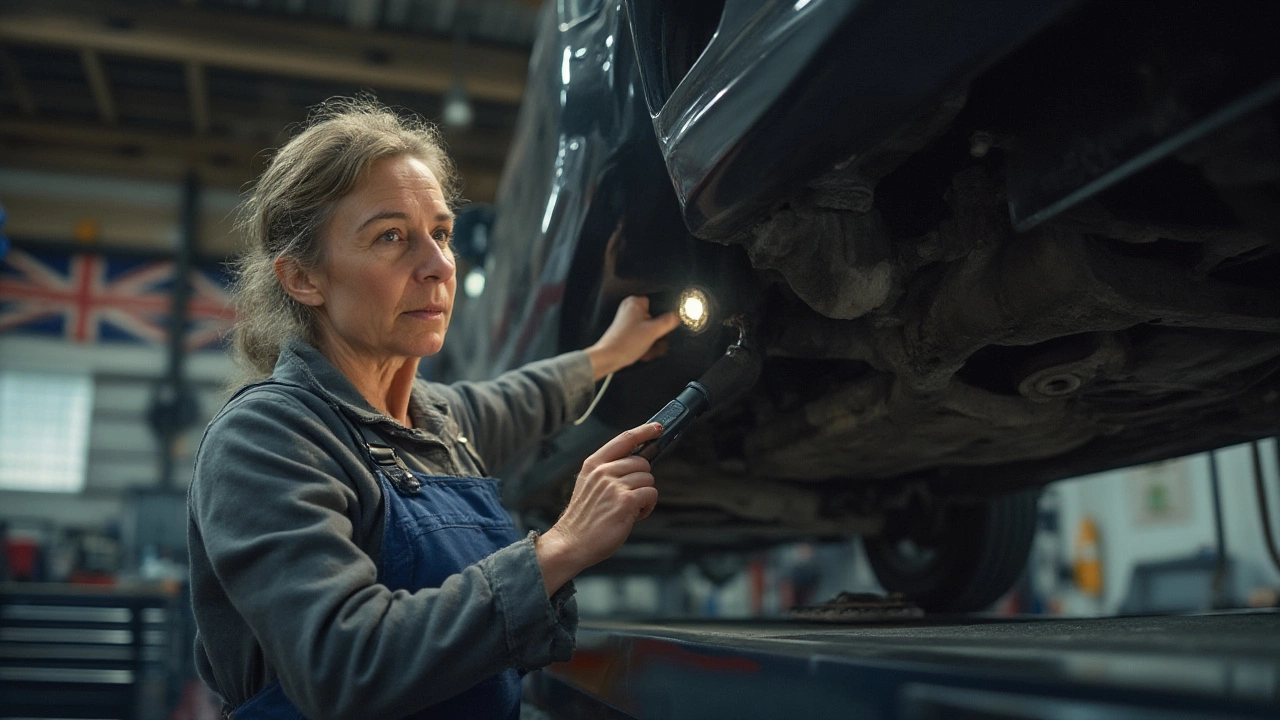Suspension Symptoms – What They Mean and How to Fix Them
When dealing with suspension symptoms, the warning signs your vehicle gives when its suspension parts start to fail. Also known as suspension issues, they can show up as clunking noises, uneven tire wear, or a wobbling ride. Recognizing these clues early saves you from costly repairs and keeps your car handling safely.
One of the most common culprits behind suspension symptoms is a shock absorber, a hydraulic component that controls bounce and dampens road impacts. When a shock absorber wears out, you’ll feel excessive bouncing after bumps and hear thudding sounds. Springs, steel coils or leaf packs that support vehicle weight and maintain ride height also play a big role; broken or sagging springs cause the car to sit unevenly, leading to lean corners and poor stability. Wheel alignment, the precise angling of wheels relative to the car’s frame often shows up in the form of uneven tire wear or a pulling sensation while steering. Finally, bushings, rubber or polyurethane cushions that isolate vibration between suspension parts can deteriorate, producing clunking noises and allowing excessive play in the steering components.
Key Signs You Shouldn't Ignore
Suspension symptoms encompass a range of cues. A rattling noise over potholes usually points to loose or worn bushings. If you notice the car leaning to one side when stopped, that’s a red flag for broken springs or a damaged strut. Uneven tire tread—more worn on the inside or outside—often signals wheel alignment problems, which in turn can be caused by worn control arms or steering knuckles. A feeling of “floaty” handling, especially after a sudden stop, means the shock absorbers may be losing their damping ability.
These clues are interconnected. Suspension symptoms indicate worn shock absorbers. Worn shock absorbers cause uneven tire wear. Uneven tire wear often points to wheel alignment problems. When wheel alignment is off, it adds stress to bushings, speeding up their wear. The chain reaction can turn a simple fix into a cascade of failures if you wait too long.
Knowing what to look for helps you decide whether a DIY inspection is enough or if a professional should step in. Checking the bounce test—pushing down on the corner of the car and watching the rebound—gives a quick read on shock absorber health. Visually inspecting springs for cracks or sagging, and examining tire wear patterns, can reveal alignment issues without a machine. If you hear clunking when turning, it’s time to lift the car and feel the bushings for play.
Below, you’ll find a curated list of articles that dive deeper into each of these areas—from how to test your shock absorbers, to spotting spring failure, aligning wheels, and replacing worn bushings. Use them as a step‑by‑step guide to keep your ride comfortable, safe, and road‑ready.

How to Identify a Bad Suspension Sound and Fix It
Oct 14 2025 / Suspension PartsLearn to recognize the sounds of a failing suspension, link each noise to its component, and get step‑by‑step tips for diagnosing and fixing bad suspension sounds.
VIEW MORE
Car Suspension Problems: Signs Your Vehicle Needs New Suspension Parts
Jul 15 2025 / Suspension PartsNoticed weird noises, rough rides, or uneven tire wear? Find out how to tell if your car really needs new suspension. Don’t miss these expert signs.
VIEW MORE